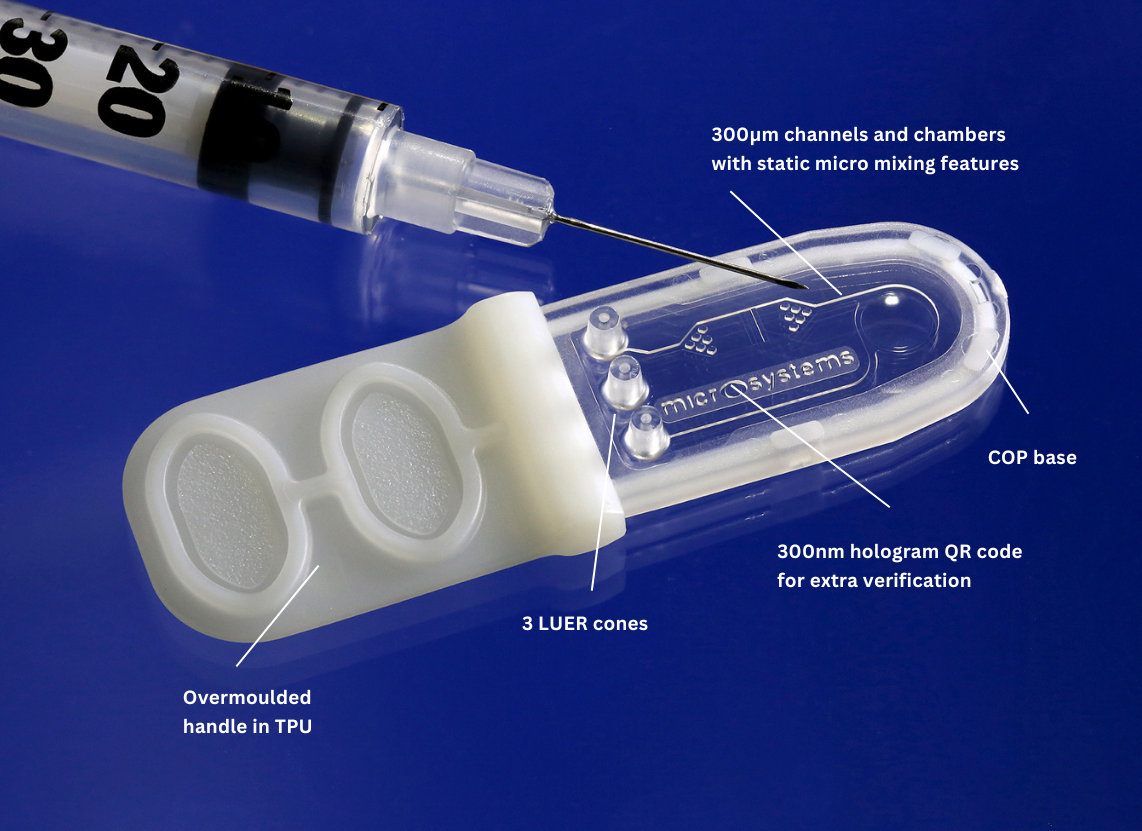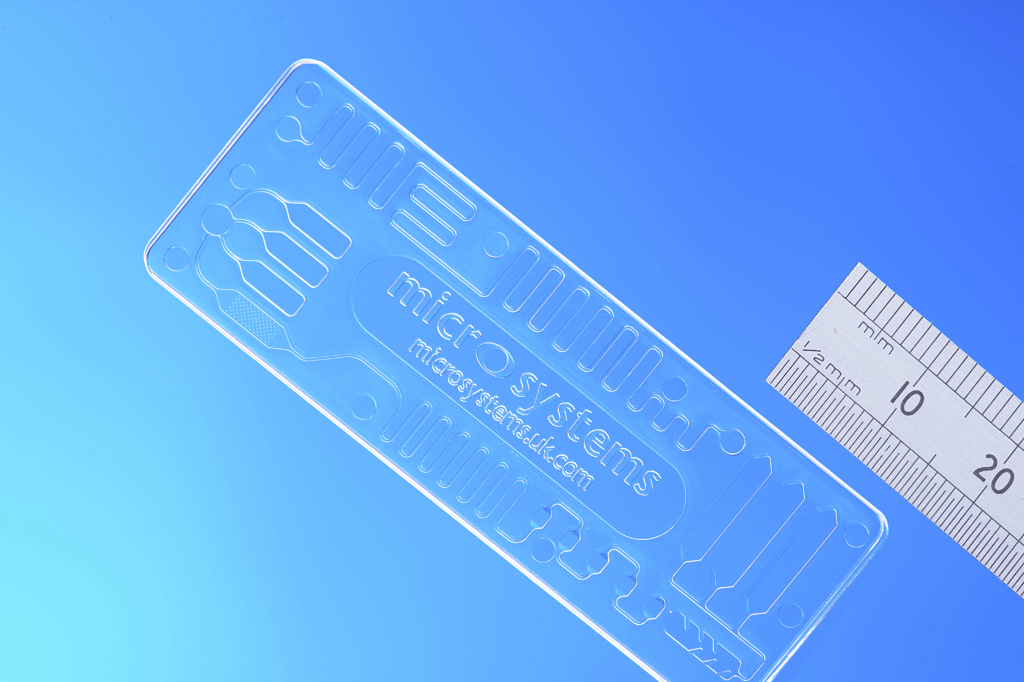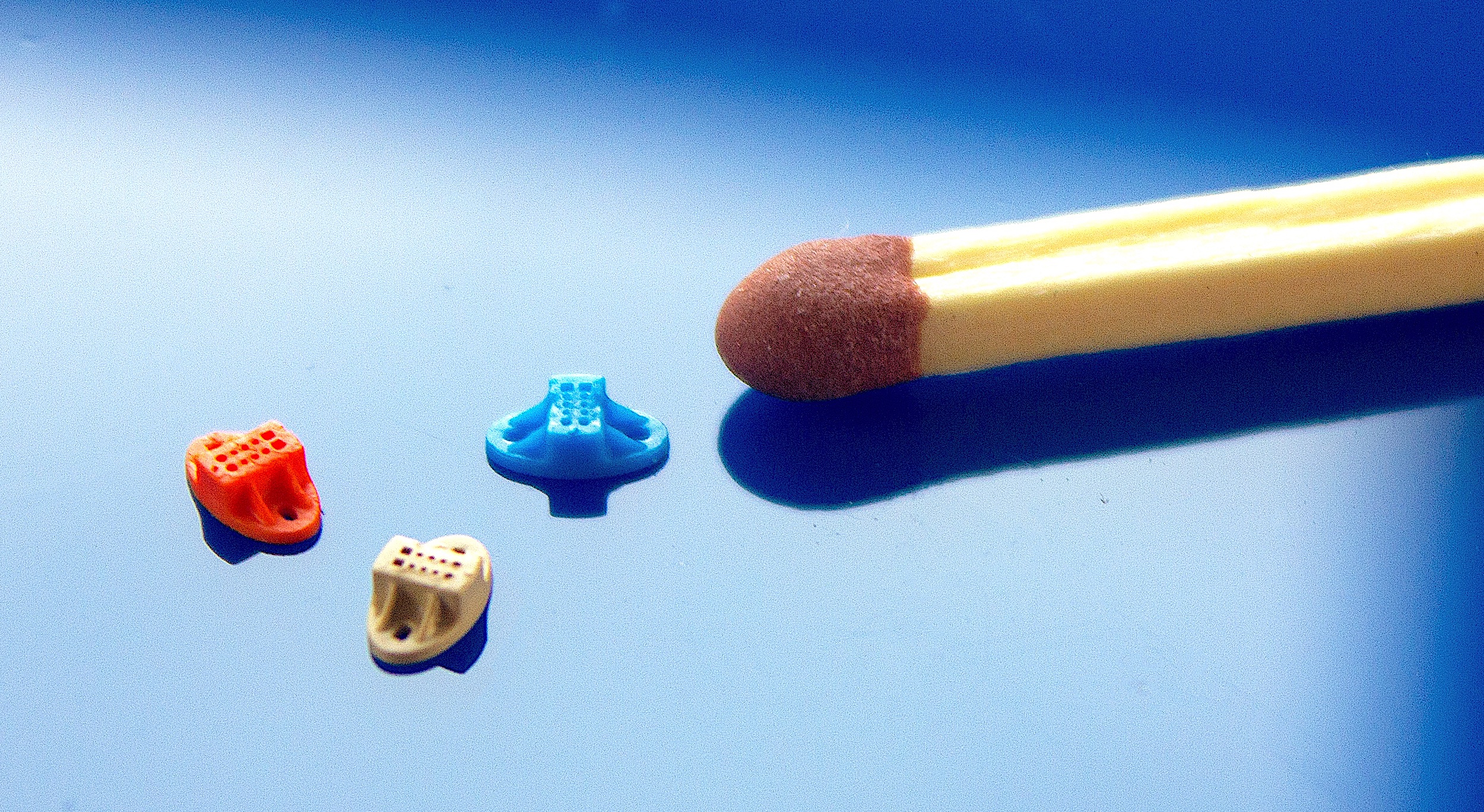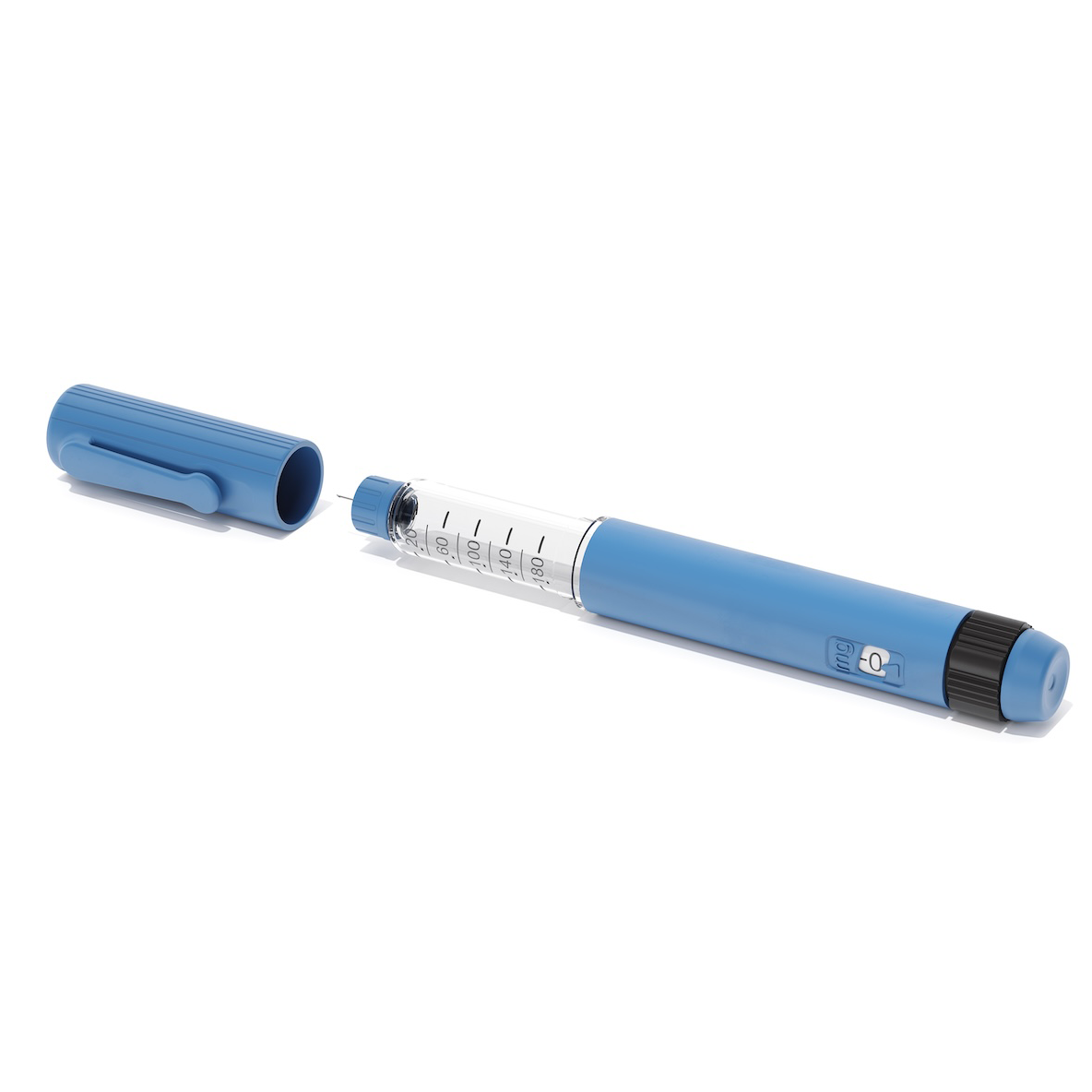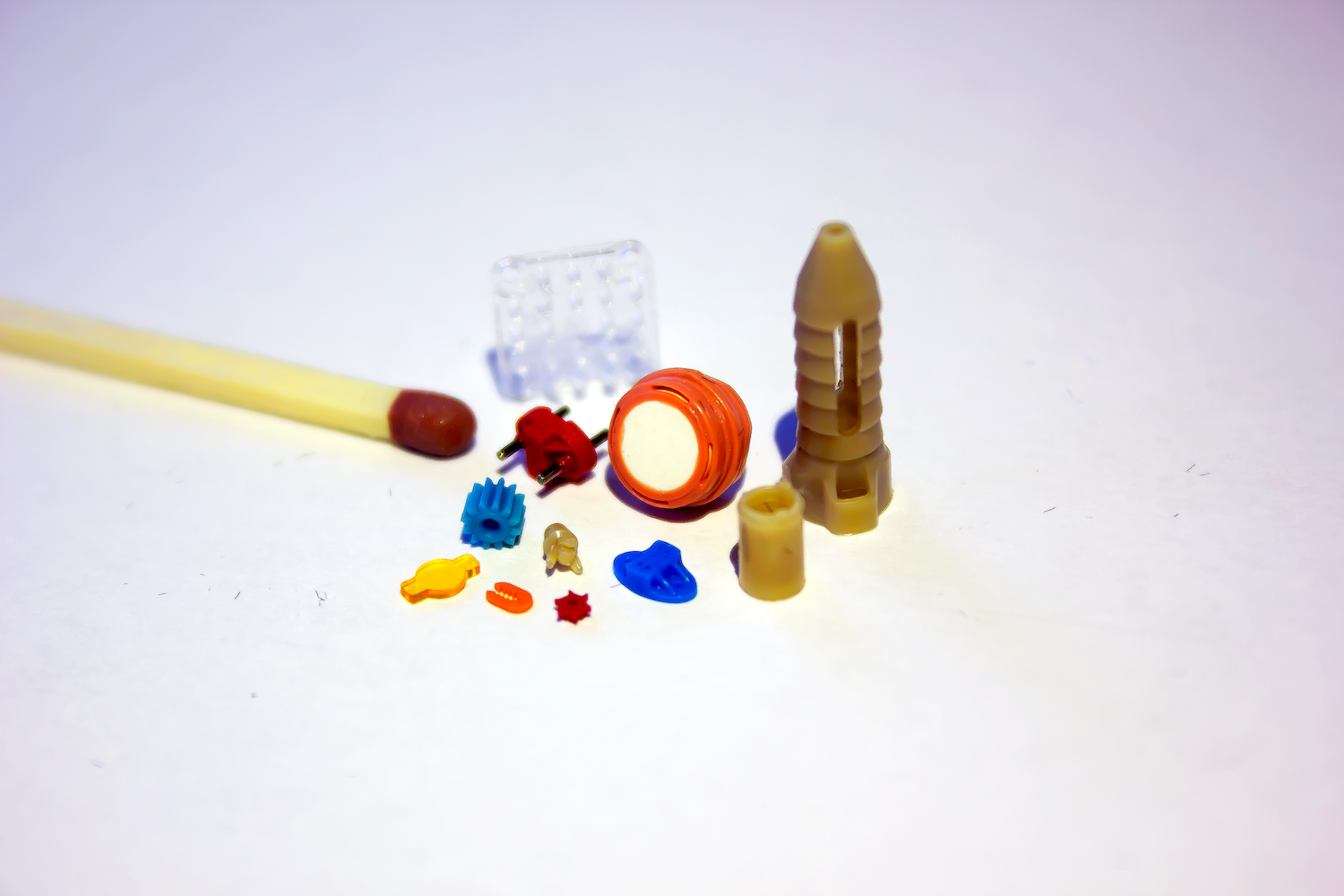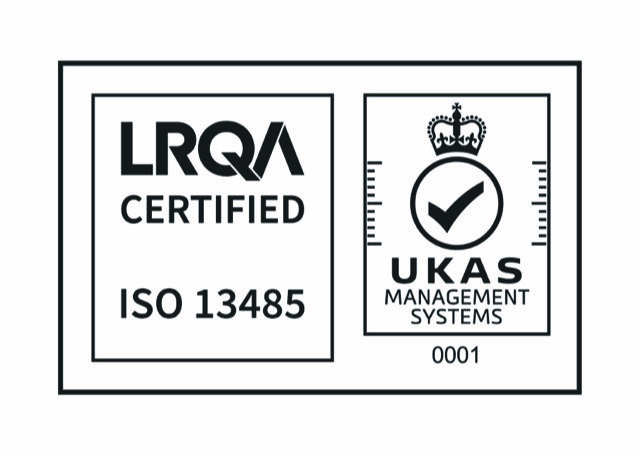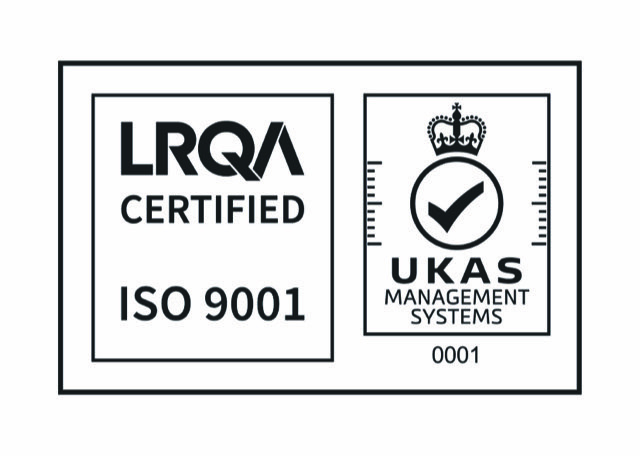How Ultra-Precision Moulding is Shaping the Future of Lab-on-a-Chip Medical Devices
In the ever-evolving landscape of medical technology, lab-on-a-chip (LOC) devices are redefining how diagnostics and testing are performed. These miniaturised systems, which can carry out complex laboratory functions on a single chip, are driving faster, more accessible healthcare worldwide. At the core of their advancement lies a manufacturing innovation that’s equally transformative: ultra-precision moulding.
What is Ultra-Precision Moulding?
Ultra-precision moulding is a subset of micro-injection moulding that utilises specialised tooling, highly refined process parameters, and advanced polymer materials to produce components with extremely tight dimensional tolerances (often <1 µm). The technique typically involves:
- Polished, high-grade tool steels or nickel inserts fabricated via ultra-precision machining (UPM), lithography, or electroforming.
- Controlled injection parameters, including low shear rates, highly uniform cavity pressure, and precise temperature regulation to maintain structural fidelity.
- Cleanroom manufacturing environments, ensuring particle-free production suitable for medical and biological applications.
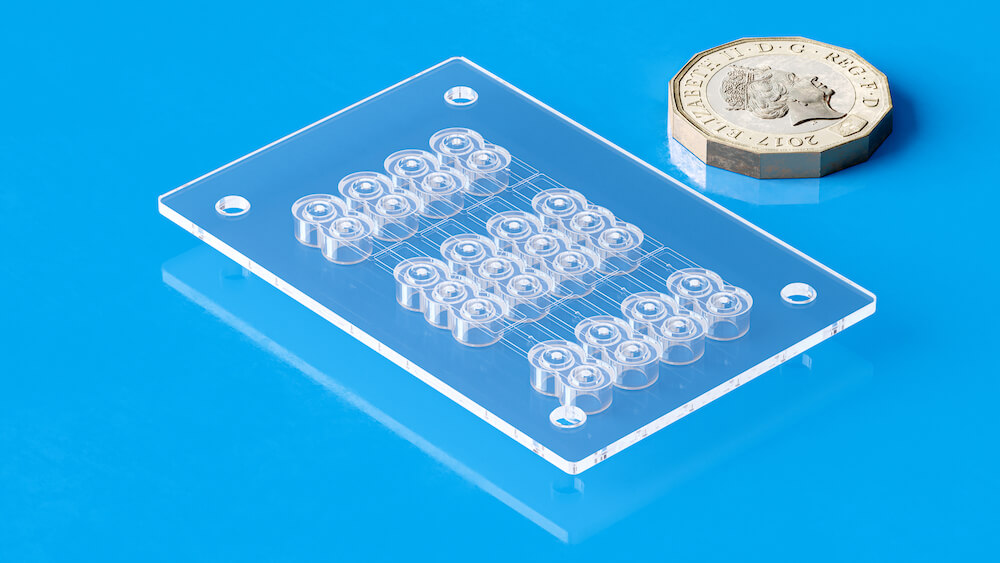
Ultra-precision moulding can help achieving lab-on-a-chip devices of challenging requirements (Photo: Micro Systems)
Why Precision Moulding is Crucial for Lab-on-a-Chip Devices
LOC devices rely on well-defined microchannels, reaction chambers, and integrated functional elements such as optical components or electrodes. Ultra-precision moulding enables the reproducible fabrication of such features across thousands of units without compromising performance metrics like capillary flow, diffusion rates, or signal detection thresholds.
Sub-Micron Feature Reproducibility
Ultra-precision moulding can replicate features as small as 2–5 µm with high fidelity, enabling reliable fluidic behaviour critical for controlled mixing, separation, and reaction kinetics in LOC assays.
Material Compatibility
Thermoplastics such as COC (cyclic olefin copolymer), COP (cyclic olefin polymer), PMMA, and PC are commonly used in LOC applications due to their optical clarity, low autofluorescence, and biocompatibility. UPM enables these materials to be processed into intricate geometries without thermal degradation or surface deformation.
High-Throughput Scalability
Unlike traditional lithographic methods or soft lithography, which are better suited for prototyping, UPM supports high-volume production with unit-to-unit reproducibility suitable for regulatory compliance and commercial distribution.
Functional Integration
Optical waveguides, micro-lenses, and embossed microelectrodes can be directly integrated into moulded LOC structures, reducing the need for post-processing steps and improving alignment accuracy.

The level of accuracy and complexity that Ultra-precision moulding can achieve opens doors to new opportunities in various industry (Photo: Micro Systems)
Real-World Impact: From Point-of-Care to Pandemic Response
Ultra-precision moulding is playing a vital role in bringing LOC devices to market. During the COVID-19 pandemic, the rapid deployment of compact diagnostic tests was made possible in part by scalable, precision manufacturing methods. Today, these technologies are expanding into:
Point-of-Care Diagnostics: Enabling rapid, decentralised diagnostic platforms for infectious diseases, chronic condition monitoring, and emergency testing through low-cost, disposable LOC devices.
On-Chip Cell Analysis and Sorting: Utilising highly defined microfluidic geometries to perform flow cytometry, cell lysis, and single-cell analysis within controlled microenvironments.
Molecular Diagnostics and Sequencing: Facilitating miniaturised PCR, electrophoresis, and sample preparation steps for next-generation sequencing and genotyping assays.
Lab-on-a-chip with complex features manufactured by Micro Systems
Challenges and Ongoing Innovations
While UPM is a powerful method for LOC production, several technical challenges persist:
Tooling Complexity and Cost: The design and fabrication of mould inserts with nanostructured features require expensive equipment (e.g., diamond turning, EDM, or nanoimprint lithography) and significant expertise.
Thermal Shrinkage and Warping: Maintaining dimensional stability across high-cavity moulds and different thermoplastic materials necessitates advanced simulation and in-line metrology systems.
Surface Functionalisation: Post-moulding surface treatment (e.g., plasma activation, silanisation) is often needed to modulate hydrophilicity, bioactivity, or molecular binding characteristics—adding complexity to the production pipeline.
Emerging solutions include hybrid manufacturing approaches, such as combining ultra-precision moulding with roll-to-roll imprinting, laser micromachining, or additive micromanufacturing, enabling greater design freedom and scalability.
Microfluidic chips manufactured using the latest technology at Micro Systems UK
Looking Ahead: The Future of Micro-Manufacturing in Healthcare
As demand for point-of-care testing and real-time diagnostics continues to grow, so too does the need for reliable, high-volume micro-manufacturing. Ultra-precision moulding offers a proven solution to scale LOC technology without sacrificing performance.
Whether you’re a medical device OEM or a contract manufacturer looking to expand your capabilities, now is the time to invest in precision moulding for microfluidic and diagnostic applications.
Interested in learning more about how precision moulding can elevate your medical device production? Contact our team to explore solutions tailored to lab-on-a-chip and microfluidic applications, or visit us at the coming Lab-on-a-chip and Microfluidic Europe 2025 in Radisson Blu — Montpellier, France, on Tuesday, 24 June 2025 – Wednesday, 25 June 2025!


